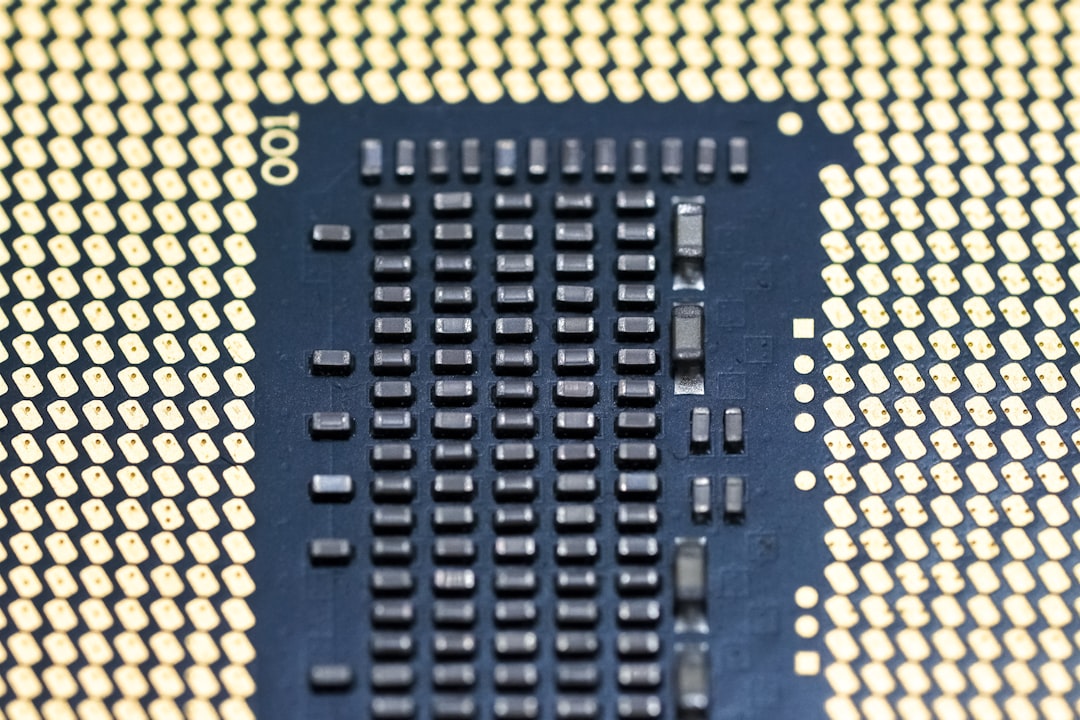What is it about?
Biogas production is one of the number of tools that may be used to alleviate the problems of global warming, energy security and waste management. Biogas plants can be difficult to sustain from a financial perspective. The facilities must be financially optimized through use of substrates with high biogas potential, low water content and low retention requirement. This research carried out in laboratory scale batch digesters assessed the biogas potential of energy crops (maize and grass silage) and solid manure fractions from manure separation units. The ultimate methane productivity in terms of volatile solids (VS) was determined as 330, 161, 230, 236, 361 L/kg VS from raw pig slurry, filter pressed manure fiber (FPMF), chemically precipitated manure fiber (CPMF), maize silage and grass silage respectively. Methane productivity based on mass (L/kg substrate) was significantly higher in FPMF (55 L/kg substrate), maize silage (68 L/kg substrate) and grass silage (45–124 L/kg substrate (depending on dry solids of feedstock)) as in comparison to raw pig slurry (10 L/kg substrate). The use of these materials as co-substrates with raw pig slurry will increase significantly the biomethane yield per unit feedstock in the biogas plant.
Featured Image
Read the Original
This page is a summary of: How can we improve biomethane production per unit of feedstock in biogas plants?, Applied Energy, June 2011, Elsevier,
DOI: 10.1016/j.apenergy.2010.12.036.
You can read the full text:
Contributors
The following have contributed to this page










